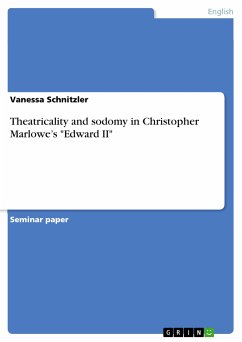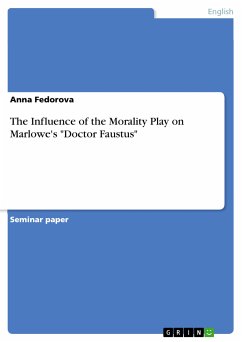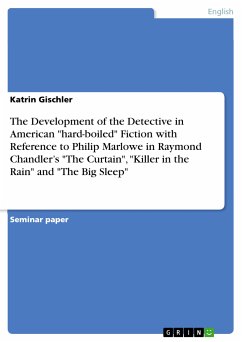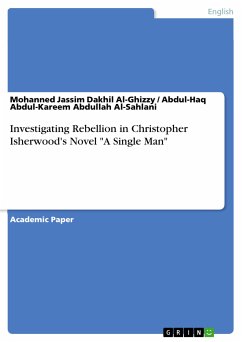Seminar paper from the year 2005 in the subject American Studies - Literature, grade: 2,7, University of Münster (Englisches Seminar), course: Christopher Marlowe – Performing Power, language: English, abstract: Let me introduce the structure outline of my paper: In a first step, I’m going to have a close look at the nature of homosexuality and male friendships in Elizabethan England. In this part, I will mainly refer to theories put forward by Paul Hammond in his essay “The Renaissance“ as well as in Mario DiGangi’s essay “Marlowe, Queer Studies, and Renaissance Homoeroticism“. The Elizabethan “concept” of homosexuality actually differs greatly from what we might expect and may even seem bewildering at first. However, to create in our minds a picture of the Elizabethan culture, we will have to make an effort to let go of the clichés that are anchored in our own. In doing so, we can only rely on the few historical sources we have about Elizabethan culture. Therefore, we have to remember that we can never truly recreate the big picture. Here, Thomas Laqueur’s milestone book Making Sex as well as Ina Schabert’s chapter about the one-sex model from Englische Literaturgeschichte. Eine neue Darstellung aus der Sicht der Geschlechterforschung will come in support of my theories. The following chapter will be devoted to the status of sodomy in Renaissance England. It is vitally important to understand its political dimension, as suggested by both Alan Bray and Mario DiGangi, and the threat it was said to have exercised on the Elizabethan order of the universe. In a final step, I’m hoping to offer a new explanation for the allegation of sodomy against Christopher Marlowe as expressed in the Baines Libel. I will try to further the debate about this doubtful document by establishing a connection with Sara Munson Deats and Lisa S. Starks’s article “’So neatly plotted, and so well performed’: Villain as Playwright in Marlowe’s The Jew of Malta”. The notion of the theatre will thus come to play an important part in my interpretation of the Baines Libel. Each part of my work will also include a substantial amount of text analysis in support of the interpretations offered.








